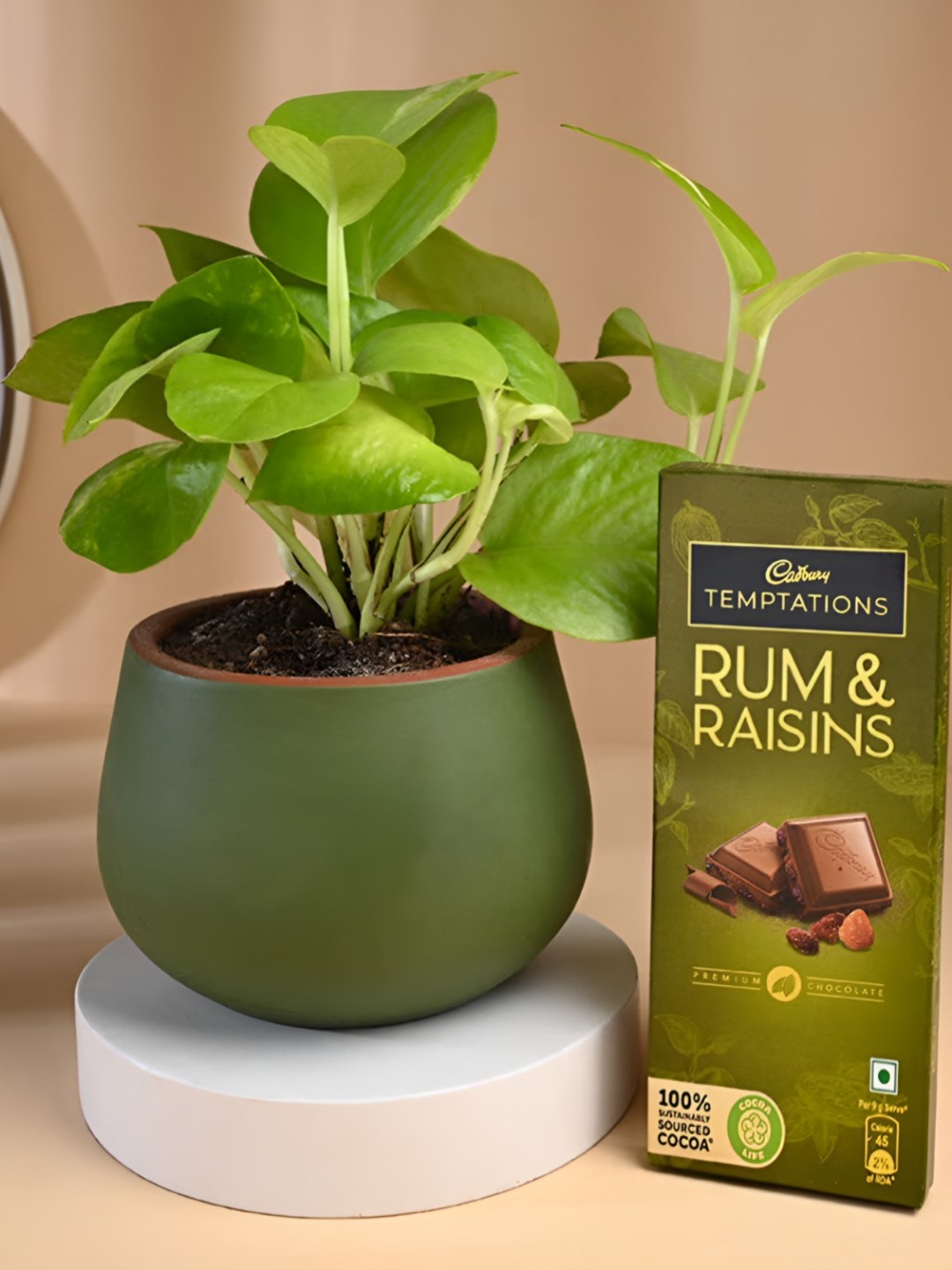Regular White Pasta vs Whole-Wheat Pasta: We Put The Great Pasta Debate To Rest
Explore the differences between white and whole-wheat pasta. Compare nutrition, fibre, health benefits, taste and tips for making pasta healthier.

Pasta is one of the most popular staple foods enjoyed across the globe.
Pasta is one of the world's most loved comfort foods, found on dinner tables from Rome to Mumbai. But when it comes to choosing between regular white pasta and whole-wheat pasta, the debate can get surprisingly heated. White pasta, soft and versatile, is a classic staple, while whole-wheat pasta, denser and nuttier, promises more nutrition. So, which should you be twirling on your fork? Beyond taste and texture, the real difference lies in fibre, vitamins, blood sugar impact, and overall health benefits, making the choice more important than you might think.

Pasta comes in many varieties, from regular white pasta to whole-wheat and even legume-based options.
Photo Credit: Pexels
Refinement vs Wholeness
Regular white pasta is crafted from refined wheat flour: only the endosperm of the grain, stripped of both bran and germ. These removed layers, and the nutrients they contain, are where most of the joy and nutritional goodness lie. Meanwhile, whole-wheat pasta embraces the entire wheat kernel: endosperm, bran and germ intact. That's why whole-wheat boasts more fibre, vitamins, minerals, healthy fats and antioxidants.
Also Read: Matcha Tea Shortage Is Real: Why Your Favourite Green Powder Is Missing
Nutrition Numbers And Benefits
| Type | Calories | Protein | Fat | Carbohydrates | Fibres |
|---|---|---|---|---|---|
| Regular White Pasta | 371 | 13g | 1.5g | 75g | 3.2g |
| Whole Wheat Pasta | 352 | 13.9g | 2.9g | 73.4g | 9.2g |
As we can see, whole-wheat is modestly lower in calories, almost neck-and-neck in carbs and protein, but triples the fibre of its refined counterpart.
Whole-wheat pasta is also richer in essential micronutrients. It naturally contains more iron, magnesium, potassium, zinc, thiamin, riboflavin, niacin and folate. In contrast, some countries fortify white pasta with select vitamins and minerals, reducing the gap, but whole-wheat pasta remains more complete in its nutrient offering.
Blood Sugar And Glycaemic Index (GI)

Whole-wheat pasta is richer in fibre and nutrients compared to white pasta.
Photo Credit: Pexels
Both pasta varieties have relatively low GI values, but whole-wheat edges ahead. The Glycemic Index (GI) value is a system that ranks foods containing carbohydrates based on how quickly they raise blood sugar levels after eating. While white pasta registers around GI 50, whole-wheat is closer to 40. That means whole-wheat raises blood glucose more slowly, offering steadier energy and less insulin spike.
Moreover, leftover pasta, once cooked, cooled and reheated, develops resistant starch, a form of fibre-like compound that blunts blood sugar response and boosts gut health.
Health Benefits
Whole-grain pasta (including whole-wheat) is linked to lower risk of heart disease, stroke, obesity and improved digestive health. Fibre, especially soluble fiber, can bind cholesterol and help eliminate it rather than absorb it. It also promotes satiety, offering gut health benefits and aiding in weight control.
In-short: whole-wheat supports a happier gut and heart.
Enjoyment, Texture And Cost

No matter the type, pasta can be made healthier by pairing it with vegetables, protein, and healthy fats.
Photo Credit: Pexels
Not everyone is sold. A dietitian shares that they often choose regular pasta for the flavour, texture and price, highlighting that taste and budget still matter. Many consumers find whole-wheat pasta slightly nuttier, denser or even chewy, preferences vary.
Others find the difference minor, especially when they pair pasta with fibre-rich sauces and sides, so the type of sauce or salad may matter more than the pasta choice itself.
Whole-wheat pasta clearly delivers more nutrition: fibre, micronutrients, lower GI, heart and digestive advantages. Yet, white pasta isn't 'bad' if eaten in moderation and as part of a balanced meal. Even a leading media report notes white pasta remains acceptable when consumed in moderation and held in nutritious company.
How To Make Pasta Healthier, Whichever You Choose
Food experts recommend three key levers: type of pasta, cooking method, and what you plate it with.
- Use whole-wheat (or even chickpea or lentil) pasta for more fibre, B-vitamins and heart-friendly benefits.
- Boil in lightly salted water, keep fat and sodium low.
- Dress with vegetables, lean protein, olive oil or yoghurt, balance the load and heights of nutrition.
So which pasta should claim your plate? If you prioritise health, whole-wheat is the straightforward champion. Packed with fibre, micronutrients, and better at moderating blood sugar, it earns its spots. But if taste, cost or texture holds you back, white pasta still has a place, in a well-rounded, thoughtful diet, especially when paired with healthy sauces and sides.
Ultimately, the best pasta is the one you enjoy and feel good about, balanced, satisfying, and nourishing.
Frequently Asked Questions (FAQs)
1. Is whole-wheat pasta healthier than white pasta?
Yes, whole-wheat pasta is generally considered healthier than white pasta because it contains all parts of the wheat grain, the bran, germ, and endosperm. This makes it richer in dietary fibre, B vitamins, iron, magnesium, and antioxidants. Higher fibre content not only supports digestive health but also helps you feel fuller for longer, which may aid in weight management.
2. Does white pasta have any benefits?
Although white pasta has fewer nutrients than whole-wheat pasta, it does have advantages. Its refined flour makes it softer, lighter, and often easier to digest for people with sensitive stomachs. White pasta also tends to have a more neutral flavour, which pairs well with a wider range of sauces. In some countries, refined pasta is enriched with vitamins such as folate, thiamin, and iron, partially replacing what's lost during processing.
3. Which pasta is better for blood sugar control?
Whole-wheat pasta is generally better for managing blood sugar levels because of its lower glycaemic index (GI). A lower GI means the carbohydrates are digested and absorbed more slowly, leading to a steadier release of glucose into the bloodstream.
4. Can I eat white pasta as part of a healthy diet?
Yes, white pasta can still be part of a balanced diet if eaten in moderation and paired with nutritious sides. The key lies in how you serve it. If you combine white pasta with high-fibre vegetables, lean proteins such as chicken or fish, and healthy fats like olive oil, you can create a meal that is both satisfying and nutritionally balanced.
5. What are the best ways to make pasta healthier?
There are several simple ways to boost the nutritional value of your pasta dishes:
Choose whole-wheat or legume-based pasta (such as lentil or chickpea pasta) for more protein and fibre.
- Cook it al dente to lower its glycaemic impact.
- Pair it with vegetables like spinach, broccoli, tomatoes, or courgettes to add fibre, vitamins, and antioxidants.
- Include lean protein such as grilled chicken, fish, beans, or tofu to make the meal more balanced.
- Use healthy fats like olive oil, nuts, or seeds instead of heavy cream-based sauces.
These small tweaks can transform pasta from a simple carbohydrate source into a wholesome, nutrient-rich meal.

























